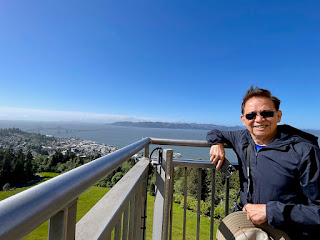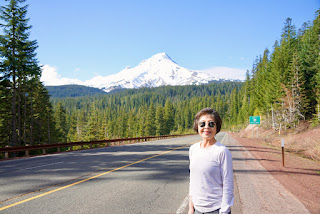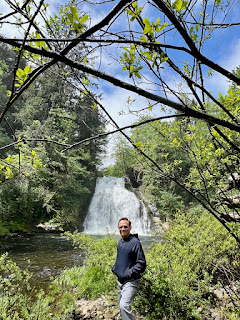Fei and I have been looking forward to visit the Crater Lake NP and Redwood NP since a couple of years ago, and we finally made a decision to visit both NPs in May, 2024. Our original itinerary was as the following:
Sun, May 12, 2024 - Fly to Portland and drive to Astoria, Or
Mon May 13, 2024 - Visit Columbia River Gorge
Tue May 14, 2024 - Visit Mt Hoot area
Wed, May 15, 2024 - Visit Oregon Coast (northern part)
Thu, May 16, 2024 - Drive to Medford, Or
Fri, May 17, 2024 - Visit Crate Lake National Park
Sat, May 18, 2024 - More visit to Crate Lake National Park and drive to Crescent City, Ca
Sun, May 19, 2024 - Visit Redwood National and State Parks
Mon, May 20, 2024 - Visit Redwood National and State Parks
Tue, May 21, 2024 - Drive to Portland and fly back to Houston
After we got to Oregon, we found out that Mt Hood is a ski resort area and there is not much we can do if we don't do skiing. Therefore, we just drove by State Highway 26 and viewed the Mt Hood area on the same day we visited Columbia River Gorge, and rearranged the schedule to visit other attractions near Astoria, Or.
When we got to Crater Lake NP, we realized that May is still too early to visit this NP due to everything is still covered under the snow. Therefore, after the visit, we were able to continue to travel down South Highway 101 to enjoy more scenery views along it.
Some of the highlights of out visits are as the following:




















































